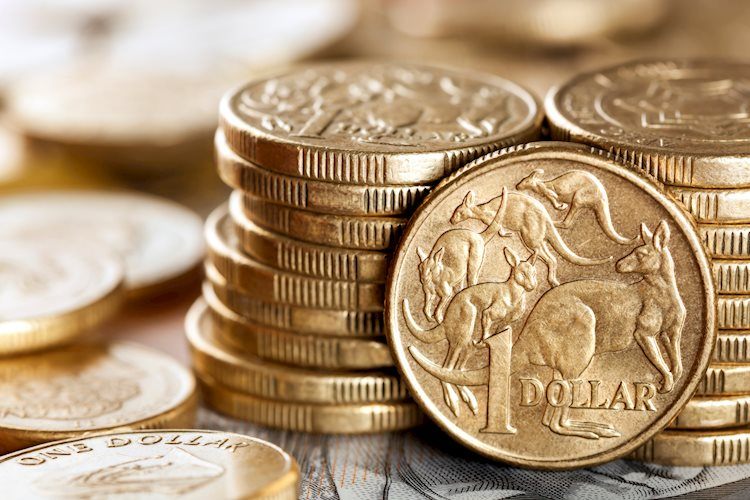The Australian Dollar (AUD) remains stable despite improved risk aversion, putting pressure on the AUD/USD pair due to renewed demand for the US Dollar (USD). However, the AUD may limit its downside as persistently high inflation, stronger Retail Sales, and Services PMI might prompt the Reserve Bank of Australia (RBA) to delay potential rate cuts. The RBA’s recent Meeting Minutes indicated policymakers’ focus on monitoring upside inflation risks, with warnings that the cash rate might be raised to 4.6% in September following May’s unexpected CPI increase to 4.0%.
On the other hand, the US Dollar (USD) may face challenges as US employment growth slowed in May, leading to speculation that the Federal Reserve (Fed) might reduce interest rates sooner rather than later. Despite Nonfarm Payrolls (NFP) exceeding market expectations in June, the growth was slower compared to the previous month, and the Unemployment Rate edged higher. The CME’s FedWatch Tool shows an increasing probability of a rate cut in September, with almost 70.7% of rate markets pricing in the possibility.
Technical analysis for the Australian Dollar shows a potential bearish reversal as the AUD/USD pair breaks below a rising wedge on the daily chart. The 14-day Relative Strength Index (RSI) is consolidating below the 70 level, suggesting the possibility of a correction. The pair is expected to test the lower boundary of the wedge around 0.6755, followed by the psychological level of 0.6800 near the upper boundary. On the downside, the pair may find support around the 50-day Exponential Moving Average (EMA) at 0.6639.
In terms of economic indicators, Australia’s recent trade surplus, Retail Sales, and Services PMI figures have shown mixed results. The trade surplus for May was lower than expected, while Retail Sales and Services PMI exceeded market forecasts. Additionally, China’s Services Purchasing Managers’ Index (PMI) fell in June compared to the previous month. Federal Reserve Bank of Chicago President Austan Goolsbee and Fed Chair Jerome Powell have shared contrasting views on inflation, with Goolsbee emphasizing the need for more economic data.
Overall, the Australian Dollar may see some stability in the face of risks and uncertainties stemming from both domestic and global economic conditions. The RBA’s cautious approach to potential rate hikes and the USD’s challenges with slowing employment growth could impact the AUD/USD pair in the near future. Traders and investors will need to closely monitor economic indicators, central bank announcements, and technical analysis to make informed decisions regarding the Australian Dollar’s position in the forex market.











